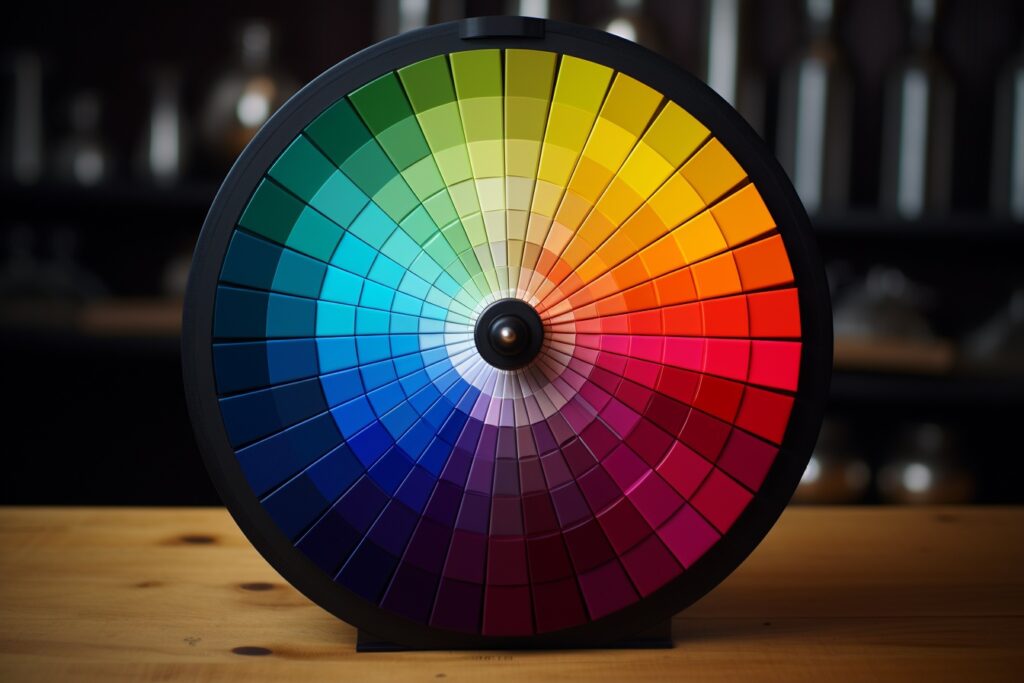What is color theory?

Color theory is a field of study that examines how colors interact, combine, and evoke emotions or psychological responses in individuals. It is an essential aspect of art, design, and various other disciplines that involve working with colors. Color theory seeks to understand the principles and relationships between different colors and how they can be effectively used to create visually harmonious and impactful compositions.
Key concepts and principles of color theory include:
- Color Wheel: The color wheel is a circular representation of colors arranged in a specific order. It typically includes primary colors (red, blue, and yellow), secondary colors (green, orange, and purple), and tertiary colors (combinations of primary and secondary colors).
- Color Harmony: Color harmony refers to the pleasing arrangement of colors that work well together. Different color combinations, such as complementary, analogous, and triadic, create various levels of harmony and visual appeal.
- Complementary Colors: Complementary colors are pairs of colors that are located directly opposite each other on the color wheel, such as red and green or blue and orange. When placed together, complementary colors create strong contrast and make each other appear more vibrant.
- Analogous Colors: Analogous colors are adjacent to each other on the color wheel, such as blue, green, and turquoise. They share similar undertones and create a harmonious and calming effect when used together.
- Warm and Cool Colors: Colors can be categorized as warm (e.g., red, orange, yellow) or cool (e.g., blue, green, purple). Warm colors tend to evoke feelings of energy, excitement, and warmth, while cool colors often convey calmness, relaxation, and serenity.
- Color Psychology: Color theory also delves into color psychology, which studies how colors can influence human emotions, behavior, and perception. Different colors can evoke specific emotional responses and associations, which designers often leverage to convey particular messages or moods.
- Color Schemes: Various color schemes, such as monochromatic, triadic, tetradic, and split-complementary, offer designers different ways to organize and utilize colors in their work.
Understanding color theory is essential for designers, artists, marketers, and anyone involved in visual communication. By applying color theory principles effectively, they can create visually appealing, emotionally resonant, and engaging designs that effectively convey their intended messages and evoke the desired responses from the audience.
If this is something you would like assistance with, we would love to help you with this. Please click here to schedule a no obligation consultation with us. We are experts in website design, website support and website traffic. Schedule a consultation or call us today: 678-995-5169
